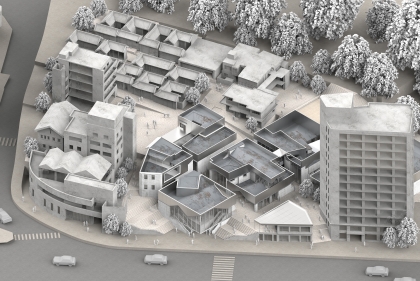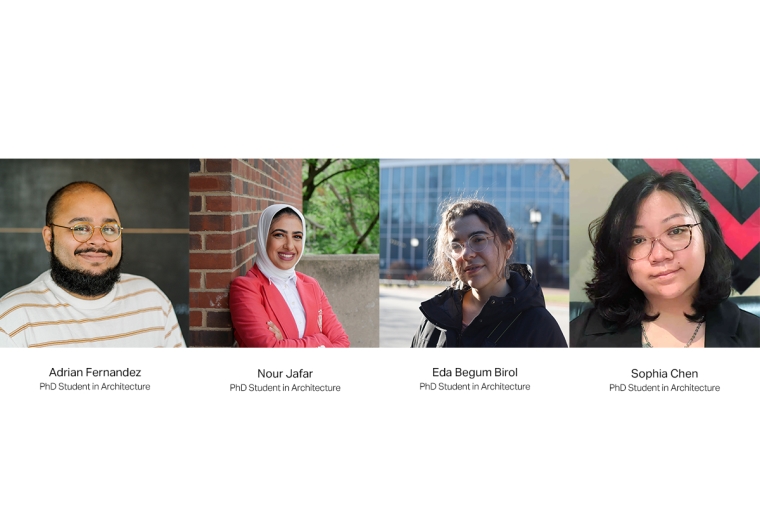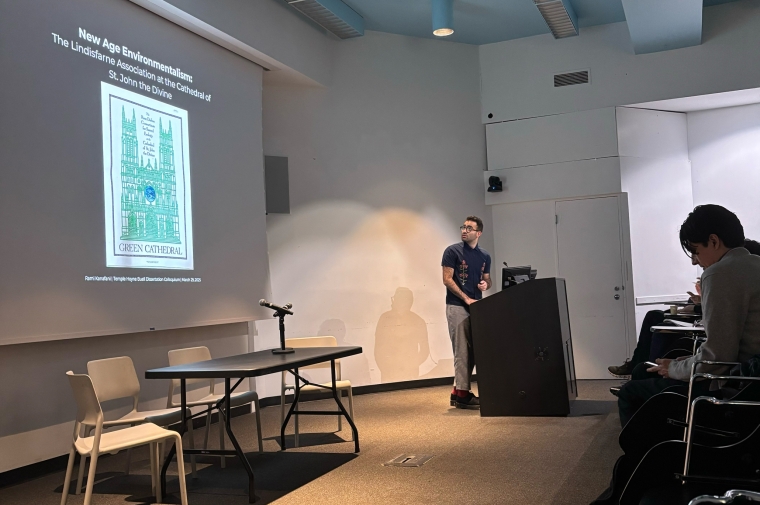August 17, 2025
Stuart Weitzman School of Design
102 Meyerson Hall
210 South 34th Street
Philadelphia, PA 19104
Get the latest Weitzman news in your Inbox
Areas
Related
On Thursday, August 21 at 6pm, Architecture PhD Candidate M.C. Overholt and her co-curator Stephen Vider invite you to the closing event for their exhibition, Fantasizing Design: Phyllis Birkby Builds Lesbian Feminist Architecture, at the Center for Architecture in Manhattan. The evening will begin with a conversation with Overholt and Vider, moderated by Brandi Howell, producer of New Angle: Voice, a podcast by the Beverly Willis Architecture Foundation focused on the history of women in architecture. Overholt and Vider will consider how the exhibition has reshaped their own understandings of Birkby and share new fantasy drawings created by visitors. Their conversation will be followed by a keynote lecture by artist Finnegan Shannon. Prompted by the exhibition, Finnegan Shannon will discuss where fantasy lives in their practice. They will touch on sensory pleasures, the luxury of options, and the ways that Phyllis Birkby's notion of the "messiness of life" makes fantasies richer and more potent. Real-time CART (Communication Access Real-Time Translation) captioning will be provided for this event.
Fantasizing Design: Phyllis Birkby Builds Lesbian Feminist Architecture traces the life, work, and networks of lesbian feminist architect Phyllis Birkby (1932–1994), who pushed design professionals and the public to imagine a built environment beyond the confines of existing male-dominated forms. Inspired by the women’s movement and gay liberation, she joined one of the first lesbian feminist consciousness-raising groups, staged a feminist building occupation, and co-founded the Women’s School of Planning and Architecture. Her most groundbreaking intervention, however, was a series of workshops that encouraged women to imagine and draw their “fantasy environments”—the home and community spaces they would like to inhabit. Fantasizing Design takes Birkby and her circle of friends, lovers, and collaborators as a lens on the broader ways feminists and lesbian feminists have worked to remake architectural practice, domestic space, and the broader built environment.


 View Slideshow
View Slideshow



